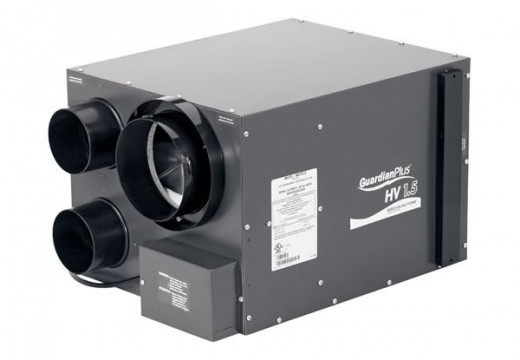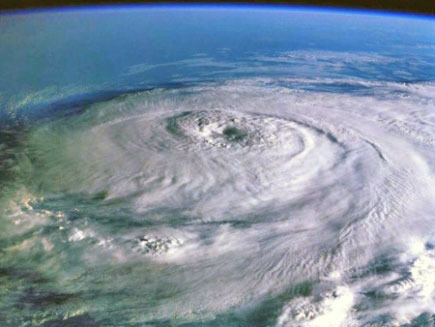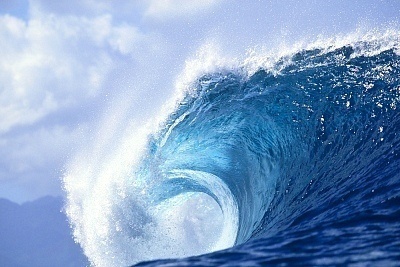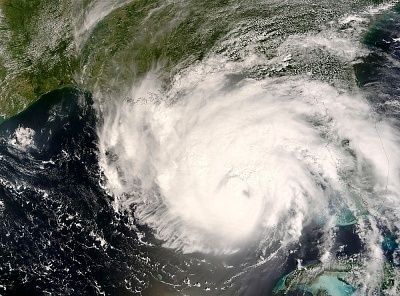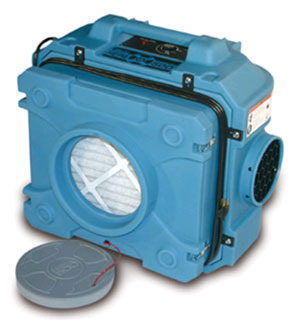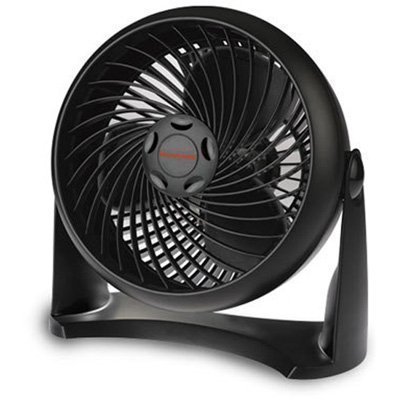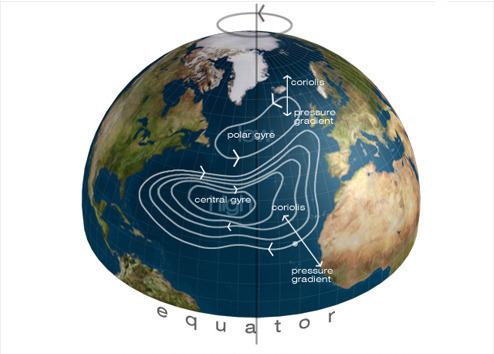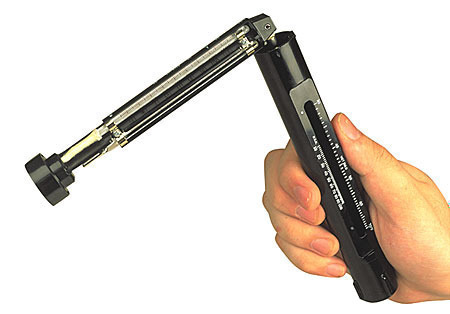Air Exchangers
An air exchanger is a device that transfers stale air from inside a home to outside, and fresh air from outside to the inside. Air exchangers are often large and built directly into a home’s foundation in order to provide maximum fresh air levels at all times. This is important because indoor air is often …

